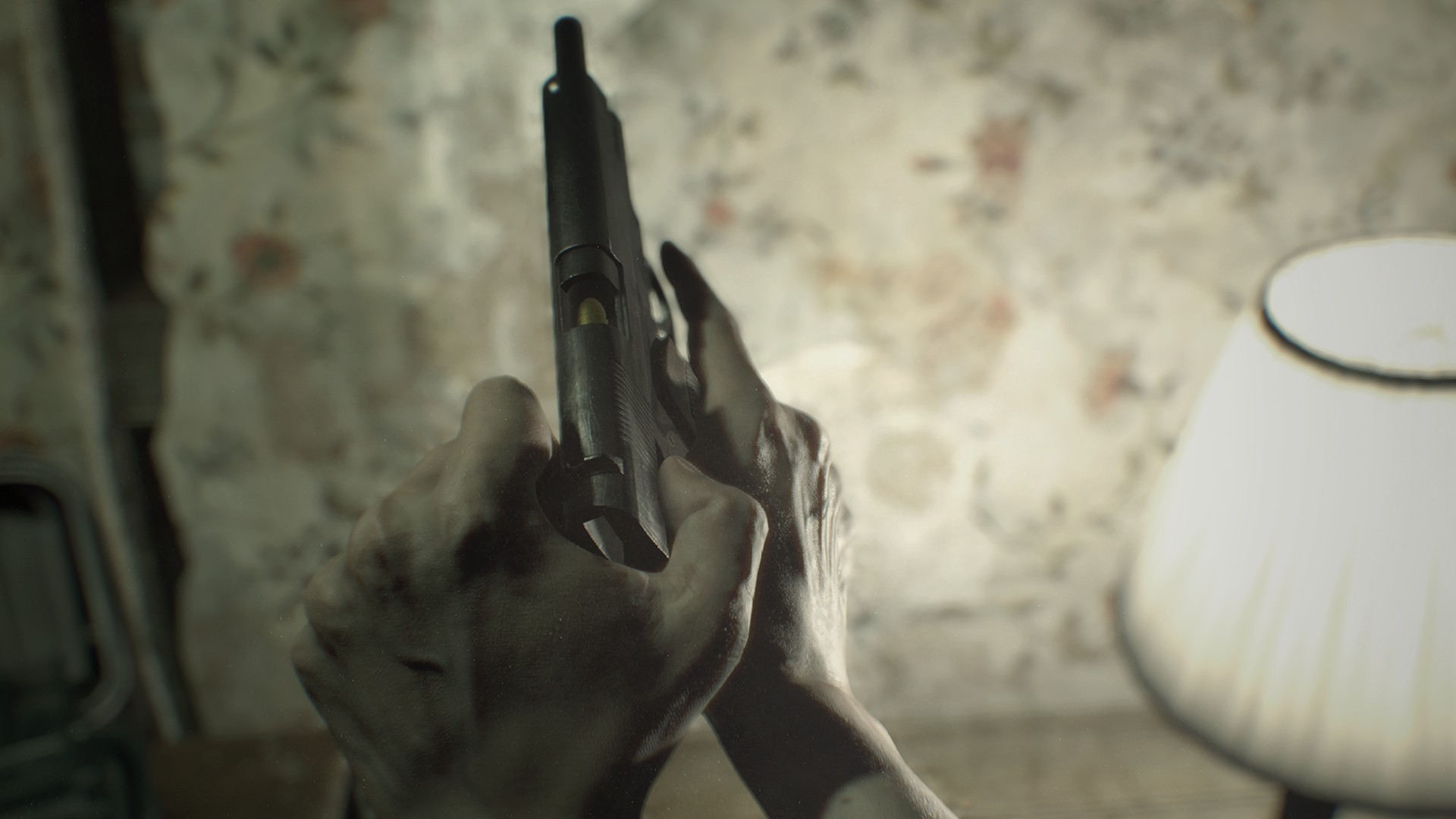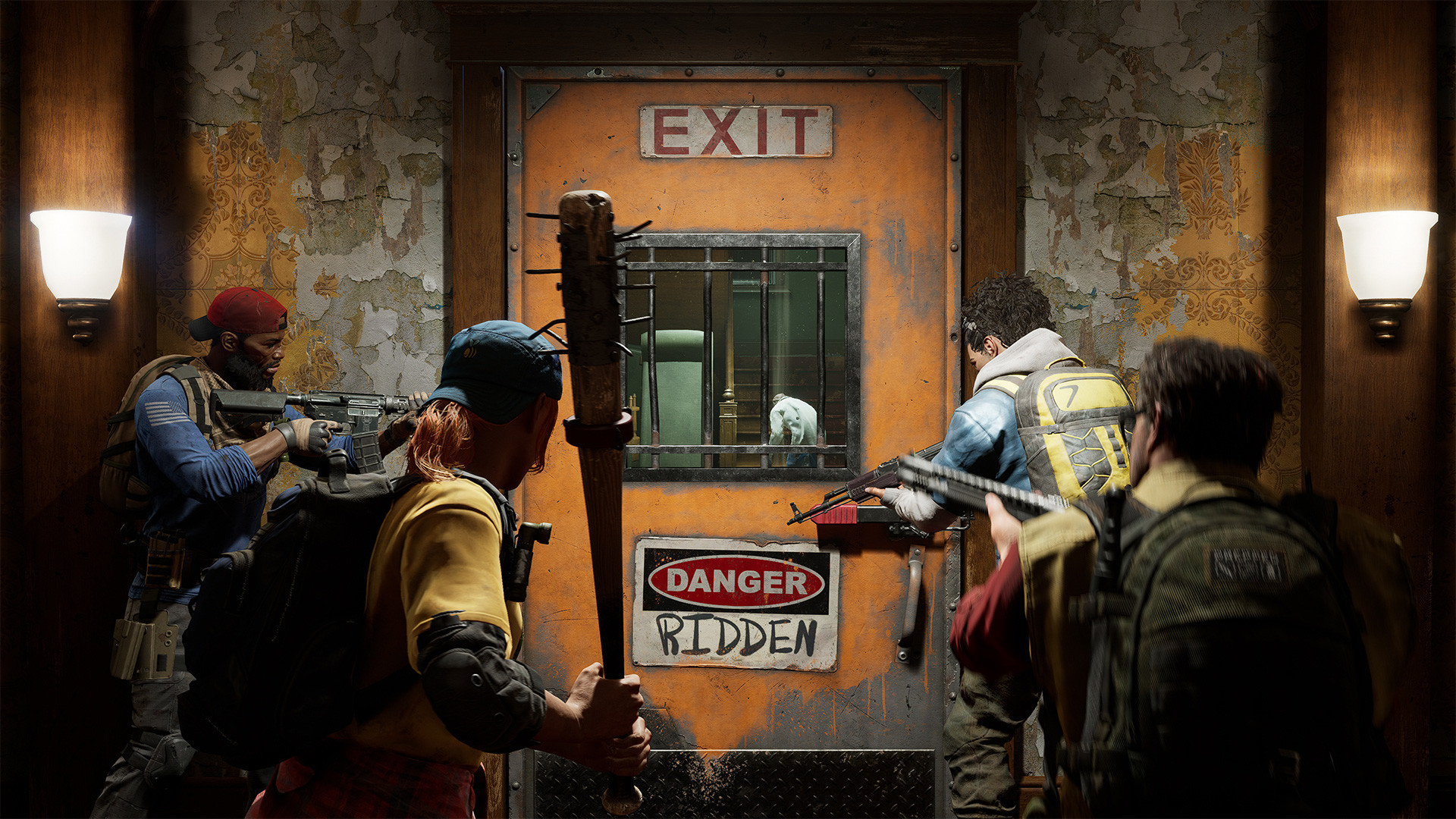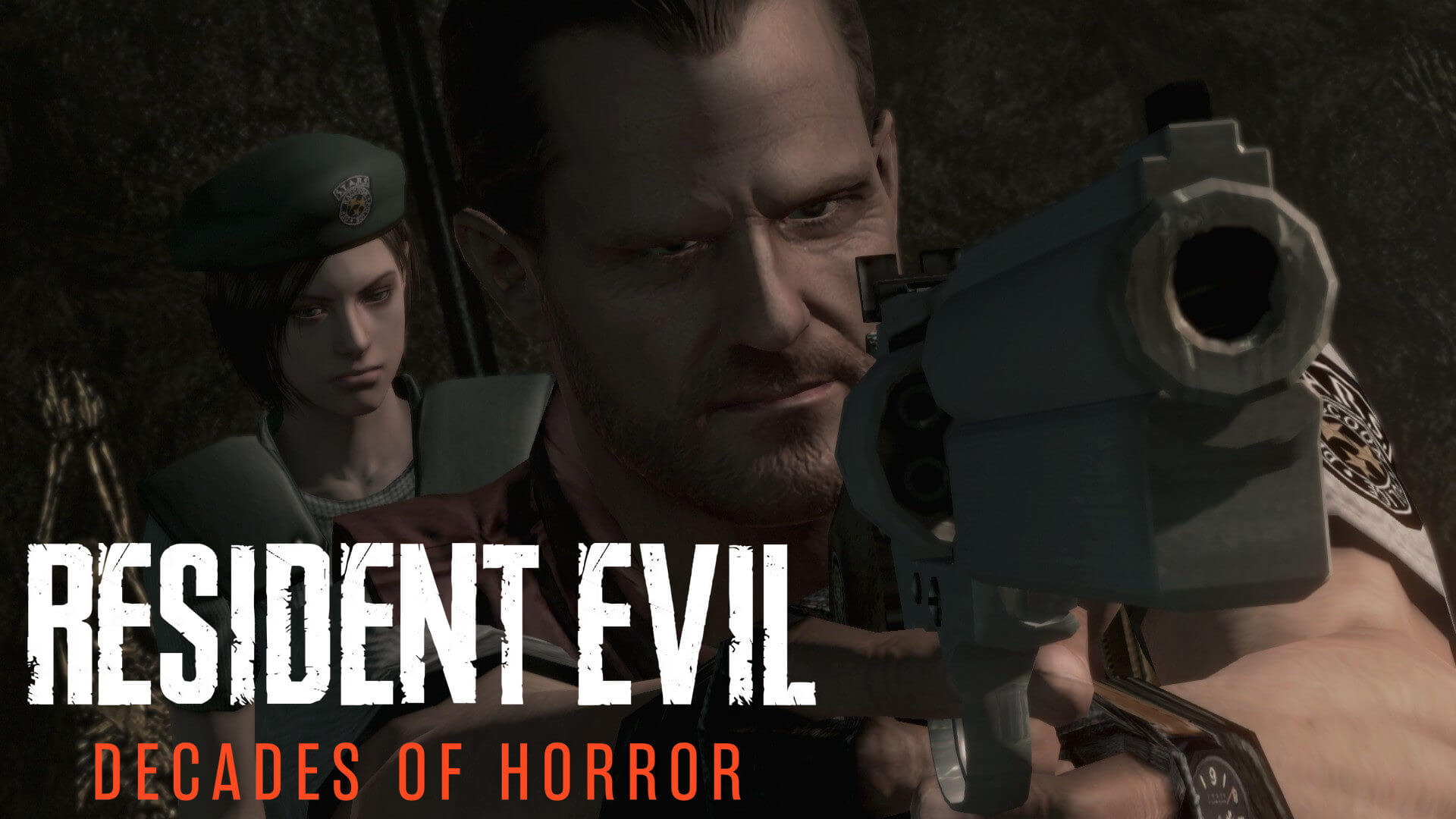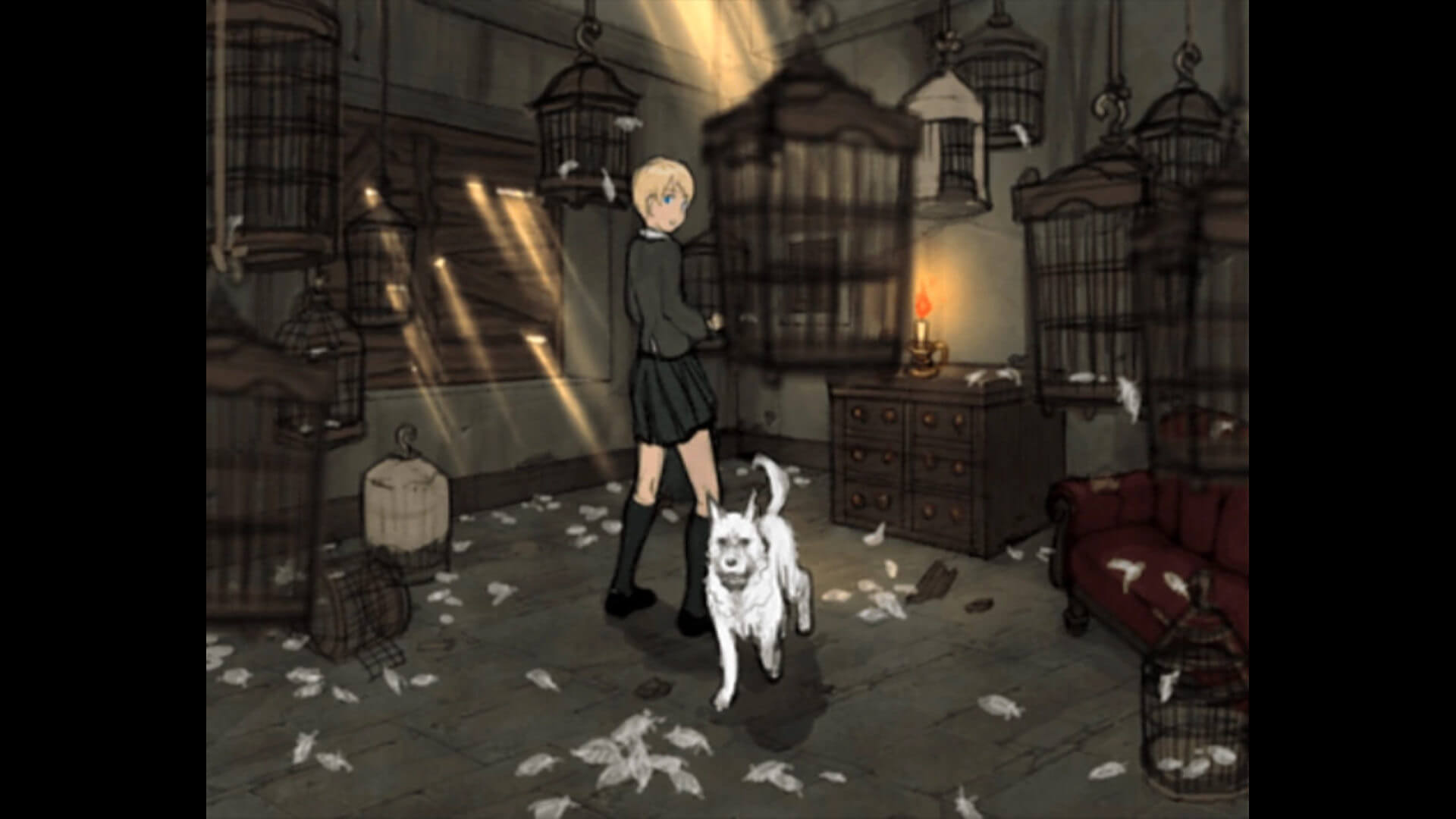
Dude, Where’s My Gun? Feat. M1911
With the official launch of Back 4 Blood, I’ve been indulging the many methods of converting the infested mutants of human corpses into mulch fertilizer via propelled lead and angular inertia. It has me thinking just how expressive gameplay has become through the kinesthetic feedback of pulling the trigger. The instruments of destruction each have a musical rhythm from how fast they shoot to even the speed that it takes to ready its aim. Celebrated horror games share a popular feature and that is the transformation of the main character from victim to agent, even to a fault.
This likely isn’t news to any gun enthusiasts out there, games are home to some pretty iconic firearms, many iconic models precede games, and were inherited by the gun-ho action movies during the late 20th century and beyond. Even for games that aren’t concerned with manufacturing terms, you can often find the generically labeled gun type like “sidearm” or “pistol” to be peculiarly familiar. Some readers might have guessed already I’m talking about the M1911 handgun which has had a legendary debut in history from before WW2 to the present day. You don’t need its name to know when it’s there. Once you see that silhouette or that slider rocket along the barrel you know what’s in your hands.

Guns like the M1911 in my eyes ascend the singular titles that they’re featured in and become their own celebrity cameos through the genres.
In a game like Back 4 Blood, the M1911 is not far from its real performance with moderate damage but having nice ergonomics qualities like recoil and rapid firing performance with its main drawback being ammo and weight which according to some comparisons is a real drawback of the firearm. The same source matches the in-game stats when looking at the other standard sidearms, the Berretta and Glock which respectively have more ammo capacity or are lighter and faster to handle which also makes them more volatile to fire rapidly.
Another title that the M1911 has appeared in is Resident Evil 7 Biohazard that sports both this gun and the Glock in the early levels of the game as the starting weapon and intended sidearm. Despite both being First Person Shooters Back 4 Blood makes sure to embed a bit of each character into the players’ gameplay from character portraits, character-specific boons, dialogue, and interactions, even in-game cutscenes have variations based on which character is in the roster.

Resident Evil 7 Biohazard does none of this. Besides some questionably canonical concept art and data-mining, we the players are never given an intended face to the main character Ethan Winters. Everything he is to the player outside of the 3rd person cutscenes is our view of his scarred hands and limbs and the weaponry he holds. It’s like a mascot, our standard but reliable bullet applicator is so familiar and satisfying to use it’s even comfortable. When I use handguns that feel this reliable it feels wrong to me to even use the sights. Because of how easy they handle reticle or not hip firing the M1911 or Berretta in games feels like it gets the best out of the experience. Fast, accurate, and with consistently reliable impact respective to the player’s skill they lack the long reload animations or transitioning stages of other weapons which can be easily punished simply aren’t there. Headshots with sidearms can be even easier from the hip than through the sights, the hipfire accuracy, and recoil recovery make close-range shots a breeze with the bottom half of the screen unobstructed by aiming.
A disclosure, I’m not American and I’m nowhere rural that would encourage me to own or practice with a firearm. I would even go to say in many contexts I don’t like them. But similar to war machines and spaceships, I can’t help but feel a sense of mania and bewitchment seeing these perfectly tuned murder instruments singing their symphony in my murder simulators.
For more on the power of GUN and also horror check out more here at DreadXP.




